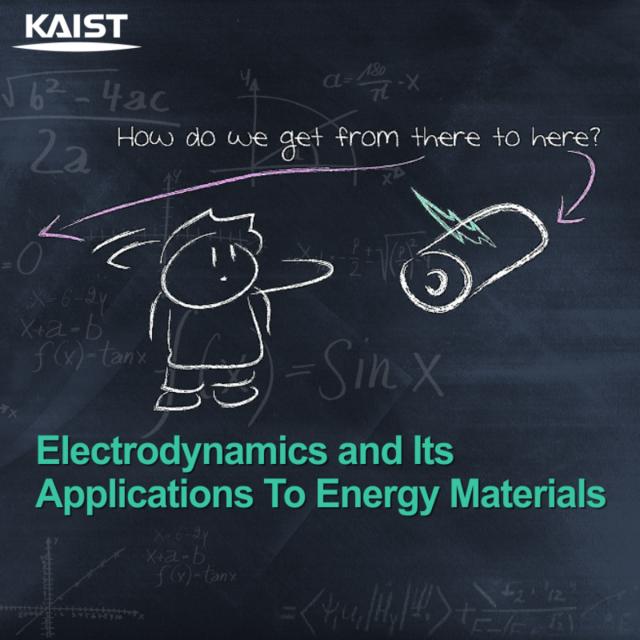MOOC List is learner-supported. When you buy through links on our site, we may earn an affiliate commission.

MOOC List is learner-supported. When you buy through links on our site, we may earn an affiliate commission.
Learners will
• Be able to apply symmetry and other tools to calculate the electric field.
• Understand what susceptibility, polarization, and dipoles are.
Additionally, students will learn to visualize Maxwell equations in order to apply the derived mathematics to other fields, such as heat/mass diffusion and meso-scale electromechanical properties, and to create patents that could lead to potential innovations in energy storage and harvesting. The approach taken in this course complements traditional approaches, covering a fairly complete treatment of the physics of electricity and magnetism, and adds Feynman’s unique and vital approach to grasping a picture of the physical universe. Furthermore, this course uniquely provides the link between the knowledge of electrodynamics and its practical applications to research in materials science, information technology, electrical engineering, chemistry, chemical engineering, energy storage, energy harvesting, and other materials related fields.
Course 2 of 4 in the Electrodynamics Specialization
Syllabus
WEEK 1
The Electric Field in Various Circumstances
The primary focus of the first portion of this module is the concept of dipole moments, both for a single molecule and an arbitrary distribution. The equations for both the potential and the electric field of a dipole are derived within the first part of the lecture. This lecture also describes the method of images and how it can be applied to solving the electric field from different geometries.
WEEK 2
The Electric Field in Various Circumstances (cont'd)
In this module, we cover how to solve for 2D electric fields, and also introduce some basic applications for electrostatics. We describe how imaginary numbers can be used to plot the electric field and equipotential surfaces. Then, we discuss how concepts such as natural resonance, potential distribution, and grid spacing can help design modern devices and experiments.
WEEK 3
Electrostatic Energy
This module introduces the importance of electrostatic energy and describes how to evaluate it. It also covers how to use the concept of virtual work and how that can be used to find force; specifically we examine this in respect to capacitors. Finally, we discuss where the electrostatic energy can be located.
WEEK 4
Introduction to Dielectrics
In the first module concerning dielectrics, we discuss what constitutes a dielectric material and how their presence effects the operation of a capacitor. Then, we cover many ways to characterize a dielectric such as susceptibility and displacement. Finally, we investigate the forces on a dielectric with respect to the capacitor.
WEEK 5
Dielectrics (cont'd)
This module starts by describing how to obtain polarization for molecules under an electric field. Then, we cover methods to solve for the dielectric constant, such as Clausius-Mossotti Equation and Onsager Equation. Our last topic covered is the concept of ferroelectricity and how ferroelectric materials can be modeled by the Curie-Weiss law and other methods.
MOOC List is learner-supported. When you buy through links on our site, we may earn an affiliate commission.
MOOC List is learner-supported. When you buy through links on our site, we may earn an affiliate commission.
